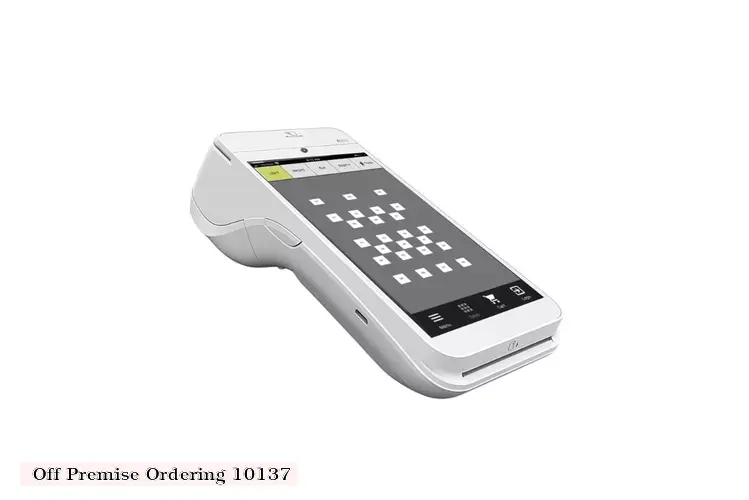

Off-premise ordering refers to the practice of allowing customers to order food from a restaurant and have it delivered or picked up at a location outside of the restaurant's physical premises. This can include delivery to homes, offices, or other locations, as well as curbside pickup.
Here are some key points to consider when it comes to off-premise ordering for restaurants:
1. Popularity: Off-premise ordering has become increasingly popular in recent years, particularly with the rise of food delivery apps and websites. According to a survey by the National Restaurant Association, 66% of consumers order takeout or delivery from restaurants at least once a week.
2. Benefits: Off-premise ordering can offer several benefits for restaurants, including increased revenue, expanded customer reach, and the ability to offer customers a convenient dining experience.
3. Challenges: However, off-premise ordering also presents some challenges for restaurants, such as the need to invest in delivery infrastructure, managing logistics, and maintaining food quality during transportation.
4. Business model: There are different business models for off-premise ordering, such as partnering with third-party delivery companies, building an in-house delivery operation, or using a combination of both.
5. Technology: Technology plays a crucial role in off-premise ordering, with online ordering platforms, mobile apps, and payment processing systems all helping to streamline the process.
6. Logistics: Restaurants need to consider logistics such as packaging, transportation, and delivery times to ensure that food arrives promptly and in good condition.
7. Customer service: Providing excellent customer service is essential for off-premise ordering, including clear communication, accurate order taking, and timely delivery.
8. menu optimization: Restaurants should consider optimizing their menus for off-premise ordering, including offering menu items that travel well, portioning food appropriately, and including condiments and sauces.
9. pricing strategy: Restaurants need to consider pricing strategy for off-premise ordering, including delivery fees, minimum order requirements, and discounts or promotions.
10. competition: Off-premise ordering has become increasingly competitive, with many restaurants and third-party delivery companies competing for market share.
In conclusion, off-premise ordering is a popular and convenient way for consumers to enjoy restaurant food outside of the traditional dining experience. Restaurants should consider the benefits and challenges, technology, logistics, customer service, menu optimization, pricing strategy, and competition before implementing an off-premise ordering system.
DISCLAIMER: This information is provided for general informational purposes only, and publication does not constitute an endorsement. Kwick365 does not warrant the accuracy or completeness of any information, text, graphics, links, or other items contained within this content. Kwick365 does not guarantee you will achieve any specific results if you follow any advice herein. It may be advisable for you to consult with a professional such as a lawyer, accountant, or business advisor for advice specific to your situation.
today
Copyright © 2025 Kwick365.com
Designed by KwickPOS is the best restaurant POS